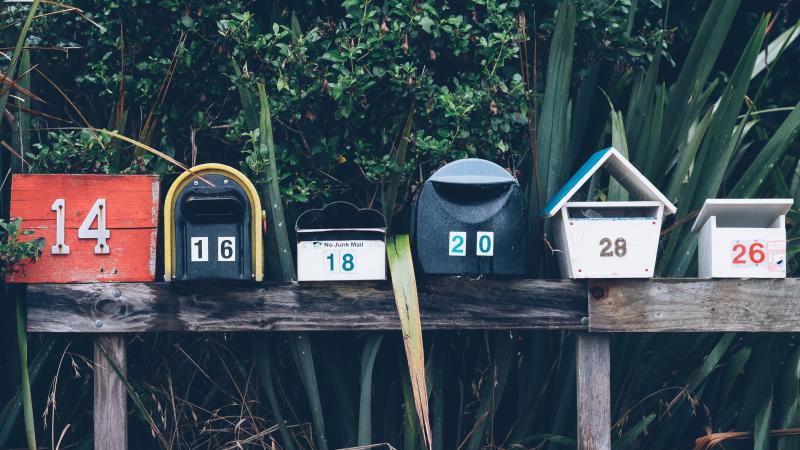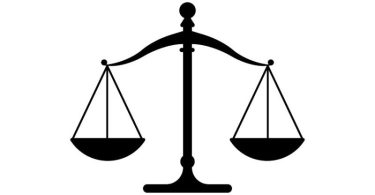Postcodes and zip codes are both ways to sort and deliver mail, but different countries use them in different ways. Postcodes are primarily used in the UK, Australia, and other Commonwealth countries. Zip codes, on the other hand, are only used in the US. Both are made up of letters and numbers, but the way they look and how long they are are different. Postcodes usually have two parts: an area code at the beginning and a more specific code at the end. On the other hand, Zip codes are made up of five-digit numbers that are sometimes made longer with a hyphen and four more digits to help with delivery.
What is Postcode?
A postcode, short for “postal code,” is an alphanumeric system used to identify and sort mail based on specific geographic areas or delivery points. Postcodes are used mainly in the United Kingdom, Australia, and other Commonwealth countries. They help the postal service sort and deliver mail faster and more accurately.
Usually, a postcode has two parts: the outward code and the inward code. The outward code, a mix of letters and numbers, shows a larger geographic area or district. It has a one- or two-letter area code that stands for the main town or city, followed by a one- or two-digit district code that narrows down the location. The inward code, which is also made up of letters and numbers, points to a specific street or group of addresses in the area, making it possible to deliver packages with accuracy.
Postcodes help people get their mail and can also be used for marketing, planning, and getting geographic information. They help businesses, government agencies, and other organisations sort and analyse demographic data, keep track of service areas, and even distribute resources based on specific regions. In short, postcodes are a very important part of how mail is organised and delivered, how data is analysed, and how plans are made in many different areas.
What is Zip Code?
A zip code, which stands for “Zone Improvement Plan code,” is a numbering system used in the United States to identify specific geographic areas and make the sorting and delivery of mail easier. The United States Postal Service (USPS) came up with zip codes in 1963. Since then, they have become an essential tool for delivering mail across the country quickly and accurately.
A standard zip code has five numbers. The first number represents a group of states (from 0 in the Northeast to 9 in the West), the next two numbers identify a specific sectional centre facility (SCF) within that group, and the last two numbers identify a local post office or delivery area. A longer version, called a zip+4 code, adds a hyphen and four more digits to the basic zip code. This makes finding a specific block, building, or organisation easier for delivery.
Zip codes are used for more than just sending mail. They are often used for demographic research, marketing, planning, and other things. Businesses, government agencies, and other groups use zip codes to divide populations into groups, determine where to provide services, divide resources, and get geographic information. In short, zip codes are essential for efficient mail delivery in the United States and have a wide range of analytical uses in many fields.
Difference Between Postcode and Zip Code
There are similarities between postcodes and zip codes in that they are both alphanumeric or numerical systems used to ease mail sorting and delivery. Still, postcodes and zip codes are used differently and serve other purposes in different nations.
Postcodes are commonly used in Commonwealth countries, including the UK, AU, and NZ. The first component, or “outward code,” represents the region and the “inward code” locates a single street or cluster of addresses. Geographic data analysis, advertising, planning, and resource allocation are just some of the many other applications of postcodes.
Conversely, zip codes were developed by the USPS and are, therefore, uniquely American. A typical zip code consists of a five-digit numeric code, each of those digits denoting a different location. The first two digits designate a sectional centre facility (SCF), followed by the last two identifying a local post office or delivery region. A zip+4 code, which adds a hyphen and four more digits to a standard zip code, improves delivery accuracy. Zip codes, like postcodes, serve an important use in research, advertising, planning, and distribution of services and goods.
In conclusion, postcodes and zip codes diverge primarily in terms of the countries that employ them and their formats and structures. Each system is designed to meet a single country’s postal regulations and conventions, with the overarching purpose of enhancing mail delivery efficiency and providing a reference for various analytical applications.






